During my summer vacation, I had the chance to preview the documentary film Escape Fire, a Sundance selection that will open in theaters October 5th. Touted as "An Inconvenient Truth for health care," the film shines a spotlight on the entrenched challenges and failures of our nation's health system. The themes are very familiar to those of us who live and breathe health policy: we have a sick-care system, not a health care system; our fee-for-service payment system provides perverse incentives; smart, well-intentioned health care providers can only do so much within the broken system. And, we have figured out neither how to integrate preventive and alternative health approaches into our system nor how to make it easier for people to lead healthier lifestyles.
How do we fix it?
The film showcases some innovative models that are improving health: a program at Walter Reed Army Medical Center in which military veterans receive acupuncture and other alternative therapies to manage their pain and their post-traumatic stress symptoms; an employee wellness program at the Safeway Corporation that motivates workers to shape up and get healthy (and reduce the company's health care costs as a result). Health care and business leaders are testing out new ideas, piloting and replicating promising models to see what works, and many of those interventions are successful. Don Berwick, the former administrator of the Centers for Medicare and Medicaid Services, delivers a great line: "You can visit a hospital that's stopped infections, you can visit a hospital that's ending waste slowly but doing it. You can visit systems that coordinate care nearly perfectly." But we aren't doing it everywhere.
For me, one of the most compelling threads of the film tells the story of a primary care physician working at a community health center in the Pacific Northwest. The film shows her caring for patients who are sick, but who also struggle with non-medical conditions that get in the way of their good health: they may work two or three jobs; they don't have access to healthy, affordable foods; they may not be able to afford medications; they often fight depression, which is a byproduct of their illnesses and the stresses of having a low income.
We quickly see the doctor's frustration -- not with her patients, but with a health care system that makes it difficult to practice the kind of medicine her patients need. Our current system rewards output (the number of patients seen, the number of tests ordered) rather than outcomes (healthy patients whose chronic health conditions are well-managed). The film makes painfully clear that a physician can't meaningfully address a patient's complex health and social problems in a seven-minute visit.
But for most community health centers and even private practice physicians, spending more time with patients (and therefore seeing and getting paid for fewer patients each day) is simply impossible financially. In New York State, most health centers are one payroll away from full-scale financial distress; under the current system, they can't afford to see 16 patients a day rather than 30 and still stay afloat.
The title of the film, Escape Fire, comes from a story that Berwick likes to tell: a group of smoke-jumpers in Montana were working to contain a fire at the bottom of a gulch. The fire got out of control, and most of the squad tried to outrun the flames, racing up a hill to get ahead of the fire. One of the men, though, realized that if he lit a match and burned the fuel right around him, he'd be protected as the fire approached. He tried to get the others to follow his lead, but everyone else just kept running. The guy who built the escape fire is the only one who survived. He was willing to take a chance on trying something radically new to undo a hopeless situation.
Today, committed, passionate people working inside a broken system find themselves trying to outrun the fire. Fortunately, though, I think we are at a unique moment in health care, with a rare opportunity for a true overhaul of how care is delivered and paid for. Across New York State and across the country, we see new models of care popping up, and energy for changing how we pay for care. Accountable Care Organizations hold promise to move us away from fee-for-service payments, toward bundled or capitated payments to entities that take responsibility for a full spectrum of patients' care and well-being. The health home model focuses on managing care for the highest-need patients, those with multiple chronic health conditions, and ensuring that they are connected not only to medical care but also to disease-management programs and social services.
We've been running up the hill for far too long in health care, and the flames are licking at our heels. Now is the moment to set that escape fire, to implement new ways of thinking, new approaches to helping protect health, ease the burden of illness, and curb ever-escalating health care costs. We have the energy and the will; we have promising models to address these challenges. With the health reform law, we even have dollars flowing in to test and pilot those models.
What we need now is to be willing to take the risk, to buck the status quo of our broken system and to change it from the inside out. Personally, I feel privileged to play a small part in helping to light escape fires with our many grantees and innovative partners in New York State.